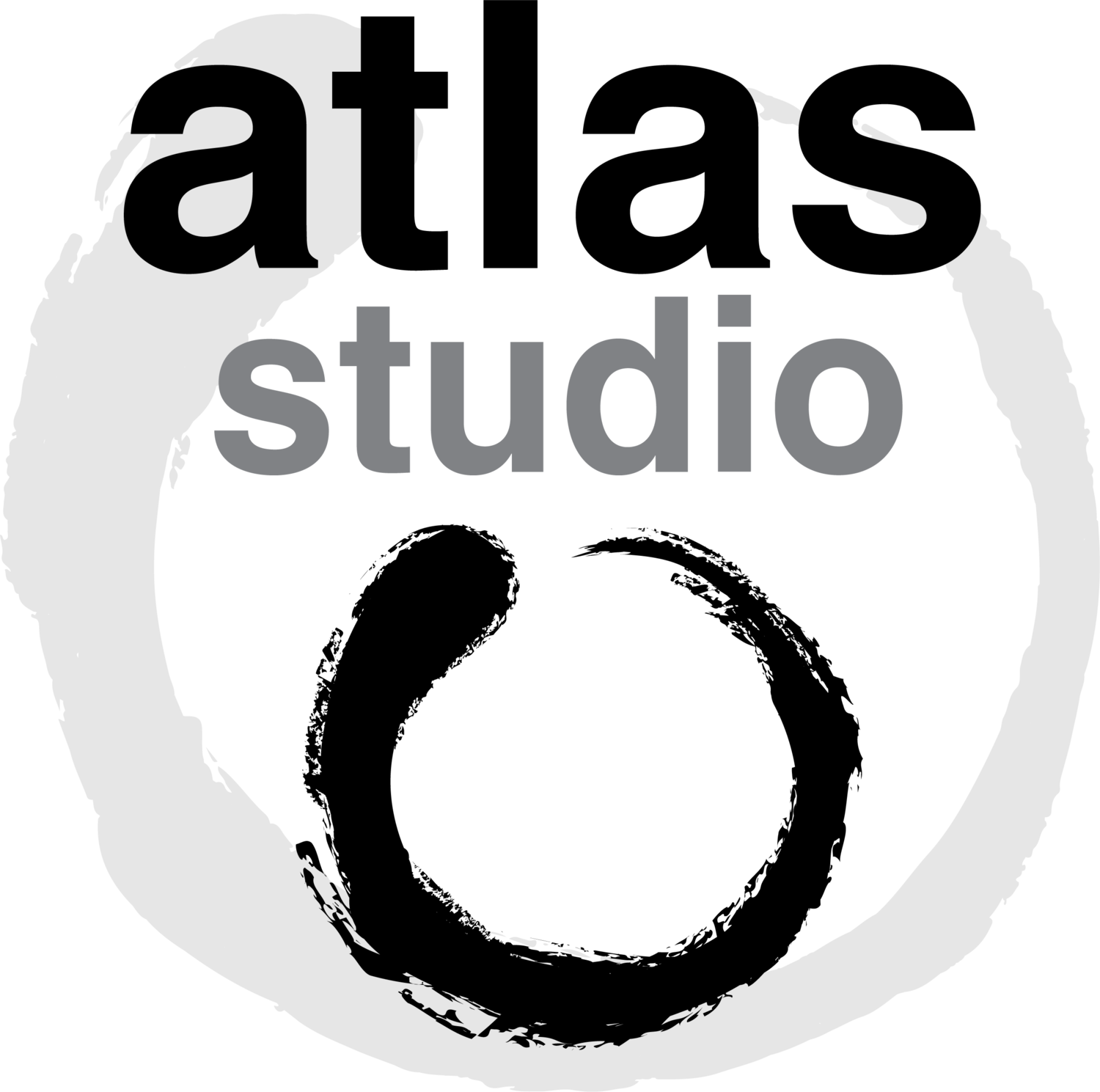It’s all over the news these days: sitting for extended periods of time is bad for you. A study published in the Annals of Internal Medicine in January of this year – Sedentary Time and Its Association With Risk For Disease Incidence, Mortality, and Hospitalization In Adults: A Systematic Review And Meta-Analysis (click here to read more) – has really gotten people talking…
The scariest bit of information to come out of this is the fact that even an hour of exercising a day isn’t going to do you much good if you are still sitting the rest of the time. So many of us thought that going to the gym before or after work meant that we’d be healthy. Nope.
The question now becomes, what can we do to change this? Our lives are so dependent on computers, cars, etc. It’s going to be tough, but we MUST figure out how to incorporate more movement into our daily routines.
The good news is, the little things count.
You may or may not have heard of the term “NEAT”. It stands for “non exercise activity thermogenesis”. Simply put, it’s all the physical movement in our lives that isn’t part of a planned exercise routine or sport. Activities include things like cooking, cleaning, shopping, playing a musical instrument, small movements such as toe tapping, and fidgeting in general, just to name a few. As it turns out, NEAT can have a substantial impact on our metabolic rates and caloric expenditures.
So yes, take that walk at lunch instead of sitting. Park in the farthest section of the lot when you go to the store. Get up and do a few stretches and some squats every half an hour or so. Walk to see a colleague face-to-face instead of emailing. These are all great ideas, but there’s more. There are ways of embedding activity into your life on an even more elemental level.
Imagine a house without couches, chairs, even beds. Where and how you sit and/or sleep can also sway your “moving” or “non-moving” lifestyle one way or another.
In a conversation with Joe Rogan, Katy Bowman – a bio-mechanist, and author of books on natural movement and human development – suggests that we’ve made our environments a little “too” comfortable.
Mattress and bedding companies would have us believe that the “ideal night’s sleep” would mean climbing under the blankets and not moving for eight hours straight.
Katy says that our bodies aren’t meant to remain in one single position for that long. She says that we SHOULD be moving all the time – even a little – and that it’s this fairly constant stirring, the circulation of our system, that helps the body rid itself of toxins. If we remain in any one position for an extended position, we inhibit this. In essence, we stagnate.
“You are a filtration system and movement is your biggest filter changer. Your whole lymphatic system depends on movement. It doesn’t have its own pump. Your lymphatic system: that’s what’s taking your cellular waste and moving it out of your body. It’s laying right next to your arterial and venous system, so as muscles work, they pump blood over to the working tissues and it kind of washes everything away. So your lymphatic system doesn’t need a pump, because why would it? Why would you not be moving? Movement is something that a human should be doing all the time.”
If you sleep in a ultra soft bed, there is very little stimulus that might cause your body to change positions. As we are seeing, this is not necessarily a good thing.
Same idea goes for chairs and couches. We’ve made them so comfortable and so awesome, the we slump down in them and stay that way for hours. Now, you may not be ready to throw out all of your furniture just yet, but it might be a good idea to change things up a bit. Sit on the floor more often, try sleeping without a pillow, maybe get a firmer mattress.
As Katy says, “We say we are too sedentary. I would say that you have too much repetitive geometry, which is different. It’s like you gotta get out of your couch and exercise. I would say maybe you just get out of your couch. Maybe you keep watching Netflix, just sit cross-legged on the floor, just put your legs out in front of you because that IS movement. That IS exercise. It’s just not in special clothing, in a class, in a gym.”
In order to combat the problem of “sitting disease”, maybe it’s as simple as going backwards in time a little: getting rid of this notion of movement in terms of “exercise” or “fitness” only, and create a climate in which movement – NATURAL human movement – is an integral part of how we exist. It has been for MOST of our history, declining markedly over the last twenty-five years or so. There’s no reason why it can’t be that way again.
* Visit Amanda Raynor's Ottawa Mobility Center: Human 2.0


